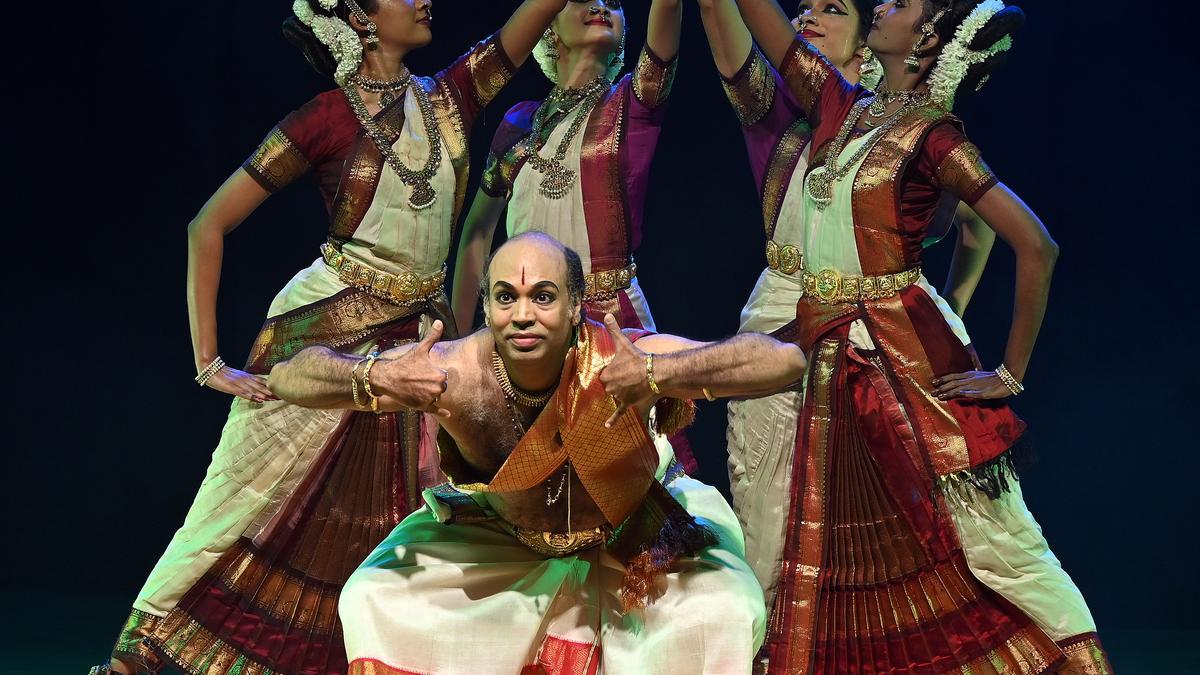
India’s legendary fast bowler Jhulan Goswami has expressed her strong belief in the potential for growth through franchise cricket within the women’s circuit. She sees the burgeoning opportunities presented by these leagues as highly beneficial for budding female cricketers. However, Goswami also emphasized the importance of the International Cricket Council (ICC) playing a proactive role to ensure that there are no scheduling conflicts between international duties and franchise tournaments.
“It’s a big challenge for women’s cricket,” Goswami articulated during an episode of ESPNcricinfo’s Powerplay podcast. Her sentiments echoed a broader concern that had originally been more commonly associated with men’s cricket, but has now become a notable issue within the women’s game. “Earlier we saw these things happen for men’s cricket but never expected it to happen for women’s cricket, but that’s happening. And I’m happy to see that. The ICC needs to take care, franchise cricket is the future of women’s cricket. And that’s the growth of women’s cricket globally. You have to give priority to every franchise league otherwise cricket will not grow.”
The rising prominence of franchise leagues is evident with the Women’s Premier League (WPL) being a leading example. However, the WPL’s Royal Challengers Bengaluru (RCB) faced challenges earlier this year due to a clash between international and franchise commitments. This was most notably seen when they failed to secure the services of England’s captain, Heather Knight, for the second season. Knight opted to fulfill her international duties by leading her team on an international tour to New Zealand, thereby pulling out of the WPL.
This isn’t an isolated case. Recently, significant players like Chamari Athapaththu, Jemimah Rodrigues, Richa Ghosh, and Deepti Sharma had to miss the initial week of the women’s Hundred to participate in the ACC Women’s Asia Cup representing their respective countries.
.
Goswami highlighted the importance of franchise cricket not only as a platform for young players but as a necessary element for the overall growth and maturation of women’s cricket. “See how many quality cricketers were produced by franchise cricket in the last few years, starting with WBBL as well as the Hundred, WCPL, WPL,” she noted. “A lot of youngsters they’ve provided every year so you have to give priority to those windows and after that you have to have bilateral series. If you have your bilateral series and franchise leagues clashing then you will lose out on quality cricketers. And if you don’t have quality cricketers then your tournament is not going to be successful.”
The aim, according to Goswami, should be to create a balance where both international and franchise cricket can coexist without one impacting the other adversely. She warned that the scarceness of top-quality players in women’s cricket makes it imperative to avoid any calendar overlaps. “In women’s cricket we don’t have a lot of options, a few quality cricketers we have in the world. If they’re occupied in bilateral series, then the volume of the (T20) tournaments is going to go down. We should make sure that when the premier league (franchise) tournaments are going on, give them certain windows and after that you have the bilateral series. It will help women’s cricket’s growth also. That is my personal view.”
As the conversation about the future of women’s cricket continues, the integration of franchise leagues, international tours, and bilateral series appears to be critical. By scheduling carefully and considering all stakeholders, the ICC can facilitate a thriving environment for women’s cricket that prioritizes player development and international competition equally.
Goswami’s insights provide a poignant reminder that while franchise cricket brings widespread benefits and financial stability, it is equally important to uphold the prestige and integrity of international cricket. Looking ahead, it’s clear that the roadmap for women’s cricket must be strategically planned to leverage the strengths of both formats, thereby fostering a robust ecosystem that nurtures talent, encourages competitiveness, and propels the game to new heights.










